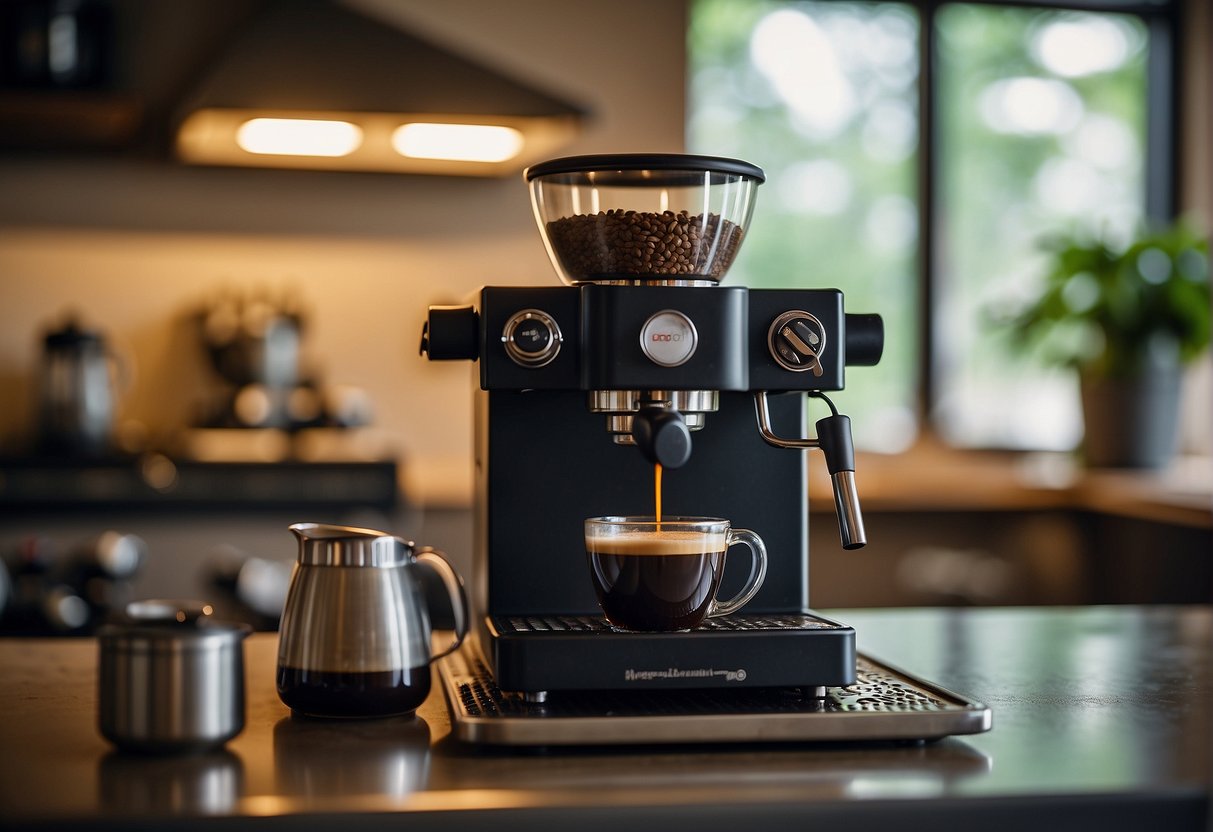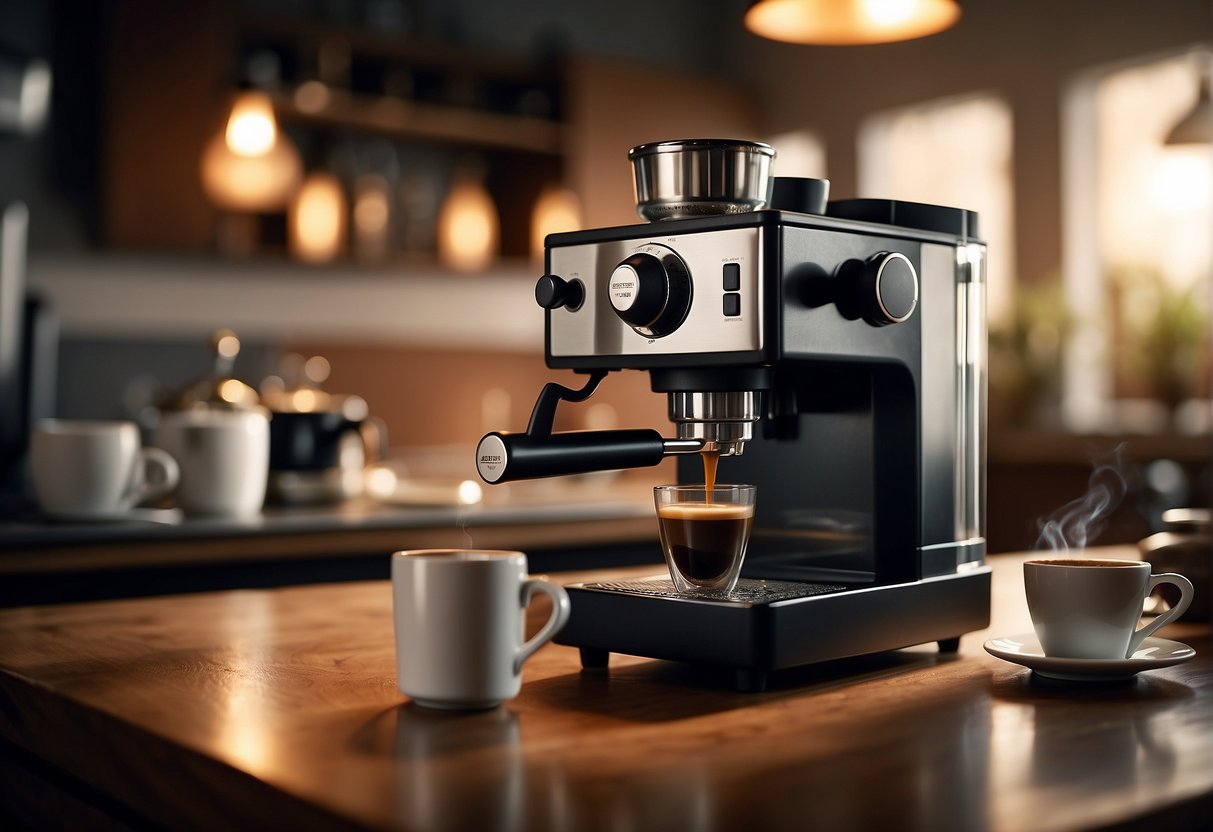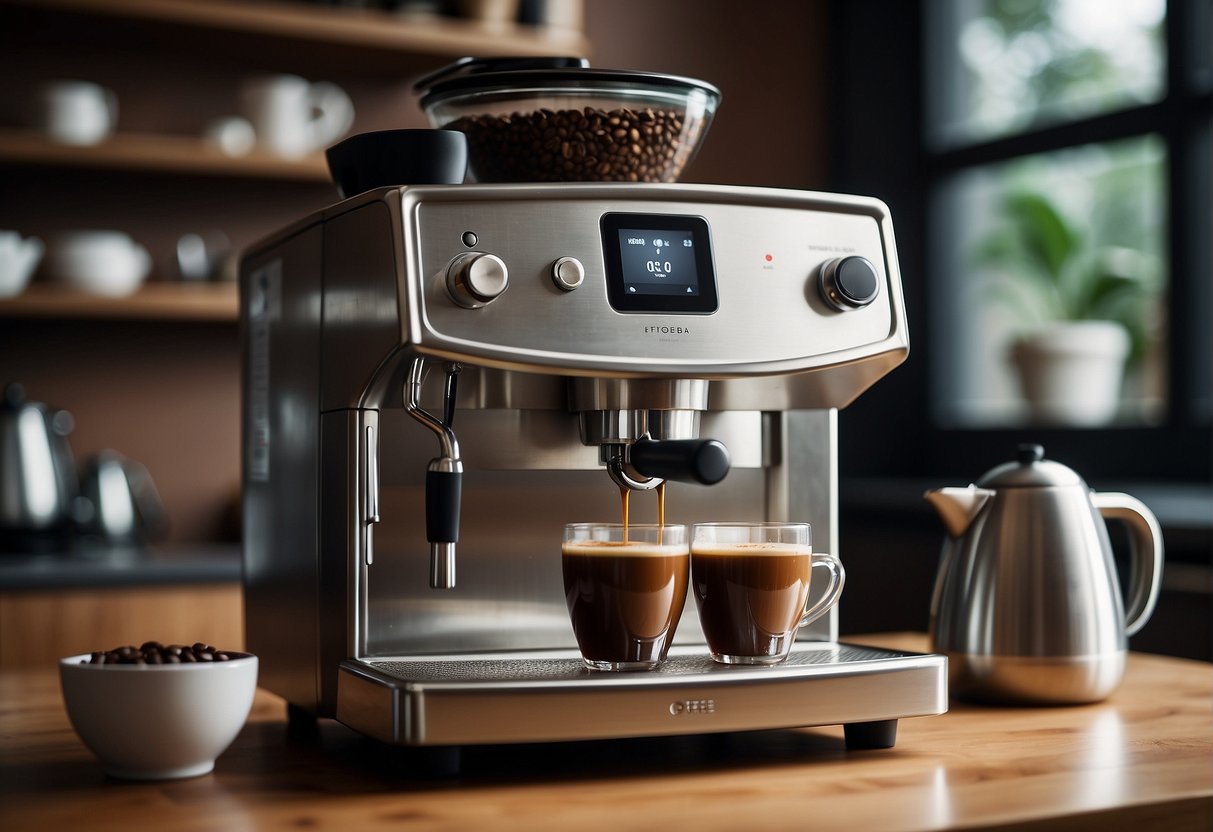Espresso is a beloved coffee beverage known for its rich flavor and concentrated form. For many, starting the day without a shot of this potent brew is unimaginable. Yet, frequent visits to the coffee shop can quickly add up, prompting coffee enthusiasts to seek more budget-friendly methods to enjoy their espresso at home. Numerous techniques and tools exist that enable the replication of espresso’s intensity and flavor at a fraction of the cost of high-end machines.

One of the most cost-effective and popular devices for making espresso at home is the Moka Pot. This stovetop apparatus brews coffee by passing boiling water pressurized by steam through ground coffee, producing a coffee similar to espresso in strength and taste. Despite not achieving the high pressure of professional espresso machines, the Moka Pot is compact, easy to use, and requires only a basic heat source.
Another attractive option for crafting espresso-like drinks without the hefty price tag is the AeroPress. This versatile brewing method uses air pressure to push water through coffee grounds, delivering a rich and smooth cup that can mimic the bold character of an espresso shot. It boasts simple cleanup and storage, making it an excellent choice for those who appreciate both convenience and affordability.
Understanding Espresso Basics
https://www.youtube.com/watch?v=aTFsBqhpLes&embed=true
In exploring the cheapest way to make espresso, it is crucial to first understand what defines an espresso and how it differs from other coffee forms. These insights pave the way for appreciating the methods and tools that can be used to achieve that rich and concentrated brew.
The Espresso Beverage
Espresso is a potent coffee beverage brewed by forcing a small amount of nearly boiling water through finely-ground coffee beans. A hallmark of a well-prepared espresso is the crema, a creamy froth that sits atop the espresso shot, indicative of the coffee’s freshness and the machine’s pressure accuracy. Typically served in small quantities, a single shot of espresso is about 1 ounce, while a double shot extends to 2 ounces.
Espresso Versus Coffee
While espresso and coffee are born from the same raw ingredient, they are distinct in preparation, resulting in unique flavor profiles and caffeine levels. The key difference between coffee and espresso is in the brewing technique: espresso is made using high pressure for a short time, whereas regular coffee is often brewed using a drip process or immersion methods.
- Flavor: Espresso is characterized by a concentrated, often bolder flavor compared to coffee due to its concentrated form and rapid extraction process.
- Caffeine: While espresso has more caffeine per volume than coffee, a standard cup of coffee actually contains more total caffeine because it is served in larger amounts.
Manual Espresso Methods

While espresso machines use high pressure to produce a concentrated coffee shot, there are manual methods that can achieve a similar result with a little finesse. These methods rely on human control to grind coffee, tamp grounds, and manage water pressure.
Using a Moka Pot
Moka Pots are widely praised for their simplicity and affordability. To use a Moka Pot, one must:
- Fill the bottom chamber with water just below the valve.
- Place fine espresso grind coffee in the filter.
- Assemble and heat until water pressure pushes a stream through the coffee grounds to the top chamber.
The Bialetti Moka Pot is a popular choice that can make a concentrated coffee resembling espresso without the need for electricity or expensive equipment.
The AeroPress Method
The AeroPress is a versatile brewing device capable of making rich, espresso-like coffee. The key steps include:
- Inserting a microfilter in the drain cap and rinsing it with hot water to eliminate paper flavor.
- Using fine espresso powder, fill the chamber and carefully tamp with the provided plunger.
Apply steady pressure to the plunger after adding hot water, which creates the necessary extraction pressure, mimicking the espresso shot.
French Press Technique
A French Press can be used for a stronger coffee through these steps:
- Add coarse-ground coffee to the French Press.
- Pour hot water maintained between 195°F to 205°F over the grounds.
- Stir the mixture and then place the lid with the plunger pulled up.
After four minutes, slowly depress the plunger, which uses a mesh filter to separate the grounds from the liquid, creating a bold, full-flavored coffee. Although not authentic espresso, it captures a robust flavor palette.
Factors That Affect Espresso Quality

Creating a high-quality espresso is a fine art influenced by several critical factors. Understanding them is vital for any espresso enthusiast.
The Importance of Grounds
The grind size of coffee grounds affects extraction; espresso requires a very finely ground coffee to achieve the dense, rich shot associated with this beloved preparation. The grounds should be consistent in size, as uneven grounds can lead to under-extraction or over-extraction.
Water Quality and Temperature
Water is the solvent that extracts flavors from the coffee grounds, so its quality is paramount. Hard water can leave a mineral taste and affect the overall flavor profile of the espresso. Moreover, the temperature of the water is crucial – too hot and it can burn the coffee, too cold and under-extraction occurs. Typically, a temperature range of 195°F to 205°F is recommended for optimal extraction.
The Roasting Process
The roast of the coffee beans significantly influences the taste. A darker roast tends to have a stronger, bolder flavor profile that is often preferred in espresso. However, the roasting should be balanced to prevent burning the beans, which can impart a bitter taste. The choice of roast and its quality can define the espresso’s final flavor note.
Assessing Espresso Equipment
Choosing the right espresso equipment is pivotal for achieving quality espresso at home. One must consider both the espresso machine and grinder, as each plays a crucial role in the brewing process.
Espresso Machine Selection
When evaluating home espresso machines, one must prioritize models with a reliable pressure gauge. The best espresso machine for an individual is one that offers stability in brewing temperature and pressure control, without overshooting one’s budget. An affordable device that consistently meets these criteria can often rival the performance of more expensive models. For example, options such as the Espresso Maker – Best Rated Espresso Machines provide quality without the high cost.
Grinder Types and Considerations
The grinder is just as important as the espresso machine itself. A burr grinder is preferred over a blade grinder to achieve a consistent grind size, which is essential for the perfect espresso shot. When selecting a grinder, buyers must assess their needs and choose between manual and electric burr grinders. Electric grinders offer convenience and consistency, suitable for those who brew regularly. Conversely, manual grinders can be more affordable and are quieter, though they require more effort. For instance, options like the Flair Espresso provide precision, despite their manual operation.
Tips for a Perfect Home Espresso
When pursuing the perfect home espresso without a machine, one cannot overstate the importance of the grinding process. A consistent, fine grind is essential for the espresso’s flavor extraction. Using a burr grinder can provide the uniformity needed for espresso grounds.
Tamping the coffee is another critical step. Applying even pressure compacts the grounds, which helps in uniform extraction. The goal is to avoid weak spots where water might channel through the coffee too quickly.
Regarding the brewing method, the Moka Pot is a great stovetop alternative to a traditional espresso machine. Here’s a quick guide:
- Fill the lower chamber with filtered water just below the valve.
- Insert the filter basket filled with finely ground coffee.
- Screw the top and bottom tightly.
- Heat on a stovetop until water boils and coffee emerges in the top chamber.
For an espresso-like experience, the water’s temperature and the pressure built in a Moka Pot are crucial. Though it will not replicate the pressure of a professional espresso machine, a Moka Pot can produce a comparable and rich brew.
Remember, using filtered water is essential to avoid any impurities that might taint the flavor profile. Once mastered, these tips ensure a satisfying espresso shot right from the comfort of home.
